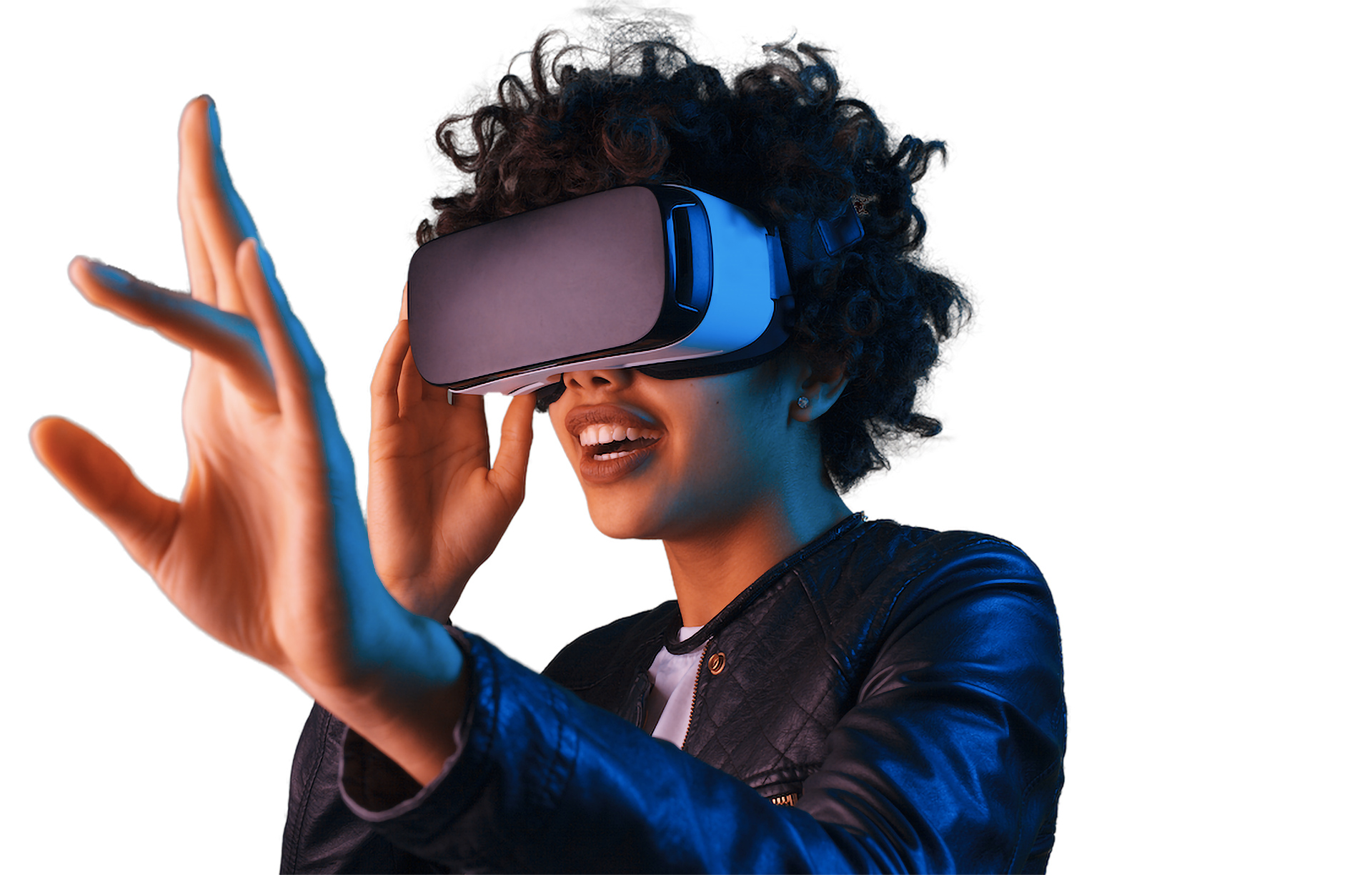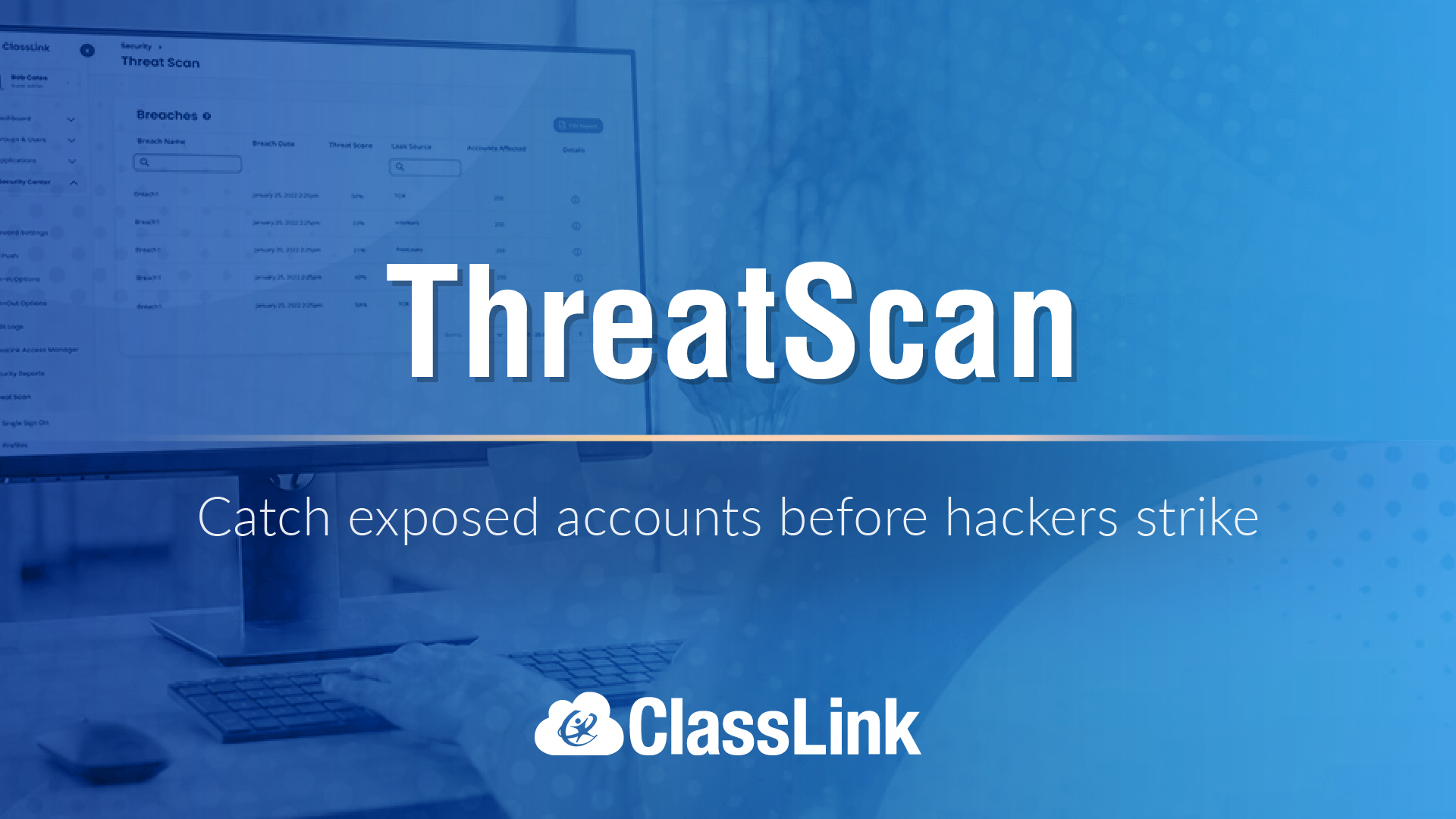What Is a Metaversity? What You Need to Know
A metaversity may be part of the next wave of Metaverse-education. Here’s what you need to know.

A metaversity is a virtual reality campus that offers a metaverse experience in an educational setting. Unlike the general metaverse, which remains something of a theoretical concept, several metaversities are already up and running.
One of the largest and most successful is at Morehouse College in Atlanta, where hundreds of students have taken courses, attended events, or engaged in enhanced virtual learning experiences at the school’s metaversity virtual campus.
Meta, Facebook’s parent company, has pledged to commit $150 million to its Meta Immersive Learning Project, and has partnered with VictoryXR, an Iowa-based virtual reality company to create metaversities at several colleges, including Morehouse.
Dr. Muhsinah Morris, the director of Morehouse in the Metaverse, shared insights about what she and her colleagues have learned since they launched their metaversity during the early phases of the pandemic.
What is a Metaversity?
At Morehouse College, building a metaversity meant building a digital campus that mirrors the real Morehouse campus. Students could then attend classes and engage in synchronous or asynchronous immersive virtual reality education experiences designed to enhance their learning in a given subject matter.
“It could be blowing up a heart as large as the room and climbing on the inside and watching a beating heart and the way blood flows,” Morris says. “It could be taking a journey back in time to World War II or through the transatlantic slave trade.”
So far these experiences have fostered enhanced learning. During the Spring 2021 semester, students attending a world history class conducted in the metaversity saw more than a 10 percent improvement in grades. Retention also improved, with no virtual students dropping the class.
Tools and ideas to transform education. Sign up below.
Overall, students in the metaversity have outperformed students who attended brick-and-mortar classes and those who participated in more traditional online courses.
The Future of Metaversity Learning
The metaveristy project at Morehouse began during the pandemic when classes couldn’t be on campus but it continues to grow now that students have the ability to meet in a traditional brick-and-mortar classroom.
While the metaversity still provides a good opportunity for online students and remote connection, the experiences students have in virtual spaces are actually enhanced by being in the same room with peers, Morris says. “You bring your headset to class, then we all go together while being in the same space to different experiences,” she says. “That gives an even richer experience because you get to talk about it immediately.”
The pilot program has also suggested that metaversity-style virtual learning can be a tool to enhance culturally responsive teaching and learning, and can also help neurodivergent students achieve. Morris has worked with students who are able to interact with their peers and the material in entirely new ways when it is presented virtually and they can communicate through their avatar.
Morris and colleagues have also started studying the effects of providing culturally appropriate avatars for students, while the research has not been completed or published yet, early evidence suggests it is important. “We have anecdotal data that says, ‘representation matters’ even when you are an avatar,” Morris says.
Metaversity Tips For Teachers
Build Upon Learning Outcomes
Morris’ first piece of advice for educators incorporating metaversity activities into their teaching is to focus on the learning outcomes. “This is a learning tool, so we didn't gamify the education,” she says. “We just changed the modality to a Metaverse model. Our students are held accountable to meeting the student learning outcomes, and that’s what guides our faculty.”
Start Small
Focusing on incorporating only specific activities or lessons into a metaversity or virtual reality setting can make the transition more manageable. “You don’t have to recreate everything that’s in your discipline,” Morris says.
Get Your Students Involved
Metaversity activities should be student-led as much as possible. “Involving the students in the creating of their own lessons, gives them autonomy and ownership and furthers levels of engagement,” Morris says.
Don’t Be Intimidated and Use Available Resources
The Morehouse in the Metaverse system is designed to be a pilot program that can serve as a blueprint for other educators who want to teach in a metaversity of their own. “When educators say, ‘It seems very intimidating to do,’ I tell them we're pioneering a pathway, so that you don't have to feel intimidated,” Morris says. “That's why we're here. It is like a support team to help you brainstorm how this looks for you.”
Erik Ofgang is a Tech & Learning contributor. A journalist, author and educator, his work has appeared in The New York Times, the Washington Post, the Smithsonian, The Atlantic, and Associated Press. He currently teaches at Western Connecticut State University’s MFA program. While a staff writer at Connecticut Magazine he won a Society of Professional Journalism Award for his education reporting. He is interested in how humans learn and how technology can make that more effective.

